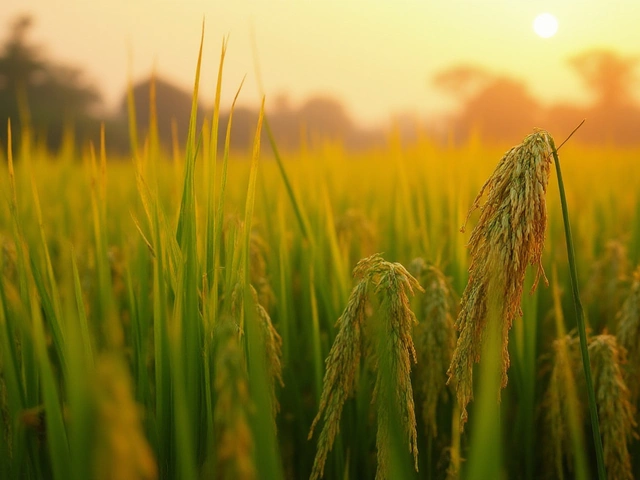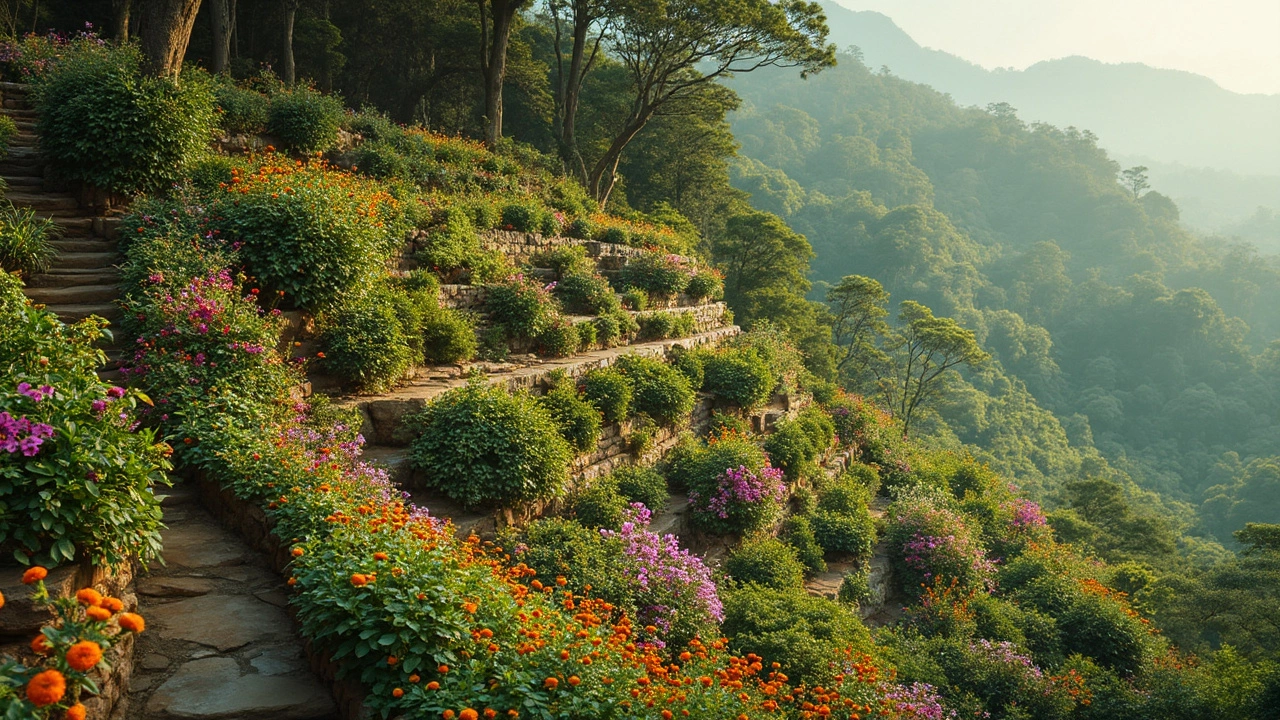Soil Stabilization Made Simple: Keep Your Garden Soil Strong
Ever walked on a patch of garden and felt it give way like a marsh? That’s a clear sign your soil needs help. Loose, compacted, or erosion‑prone soil can choke roots, waste water, and make planting a nightmare. The good news? You can turn that weak ground into a sturdy foundation with a handful of everyday tricks.
Quick Additives to Strengthen Soil
First up, organic matter. Adding well‑rotted compost or farmyard manure works like a magic fix – it improves structure, holds moisture, and feeds microbes that keep soil particles glued together. Spread a 2‑3 cm layer over the area and work it into the top 20‑30 cm.
If your soil is heavy clay, mix in coarse sand or perlite. The gritty texture creates air channels, so water drains better and roots can breathe. Aim for about 30 % sand by volume; more than that can turn the mix too loose.
Gypsum is another hero for clay soils. It doesn’t add nutrients but breaks down the tight clumps, letting water flow through. A tablespoon per square meter works for small beds; just sprinkle and till it in.
For sandy or loamy soils that crumble too easily, add a handful of biochar or shredded leaf litter. These tiny carbon pieces act like a binder, helping particles stick together while also boosting soil fertility.
Don’t forget mulching. A 5‑10 cm layer of straw, wood chips, or dried leaves protects the surface from rain splash, reduces erosion, and gradually adds organic material as it breaks down.
Long‑Term Practices for Stable Soil
Cover crops are your silent allies. Plant fast‑growing legumes like mung bean or clover in the off‑season. Their roots weave through the soil, creating channels and holding it together. When you cut them down, the remaining roots decompose into organic matter, further stabilizing the ground.
Raised beds are a smart way to control soil quality. By building a contained box, you decide exactly what goes in – a perfect mix of compost, sand, and soil. Plus, the edges act as a barrier against runoff.
Good drainage is a must. If water pools after rain, install a simple French drain or place a perforated pipe at the lowest point of the garden. This moves excess water away, preventing the soil from turning into mud that erodes quickly.
For sloping areas, consider terracing or using geotextile fabric beneath a layer of stone or mulch. The fabric holds the soil in place while still allowing water to pass through, dramatically cutting down on erosion.
Finally, keep an eye on pH. Extremely acidic or alkaline soils can weaken structure. A quick test kit will tell you if you need lime (to raise pH) or sulfur (to lower it). Balanced pH lets beneficial microbes thrive, which in turn keeps the soil matrix stable.
Putting these steps together creates a robust, erosion‑resistant garden bed that supports healthy plants year after year. If you’ve already tried loosening heavy garden soil (see our guide on that topic), you now have the next set of tools to lock that improvement in place.
Start with a simple amendment like compost, follow up with sand or gypsum if needed, and layer on mulch for instant protection. Over time, add cover crops and consider raised beds or terracing for lasting stability. Your garden will feel firmer underfoot, drain better, and produce stronger, more productive plants.
How to Safely Stabilize Sloped Soil for Terrace Gardening
Stabilizing soil on a slope is crucial for successful terrace gardening. This article offers practical tips and insights into methods like using terraces, retaining walls, and plant roots to prevent erosion. Discover handy techniques to transform a sloped garden into a lush, sustainable landscape. Learn about plants that naturally anchor the soil and simple DIY solutions to enhance your gardening space. Ensure safety and sustainability while creating a thriving garden on an incline.
About
Terrace Gardening
Latest Posts
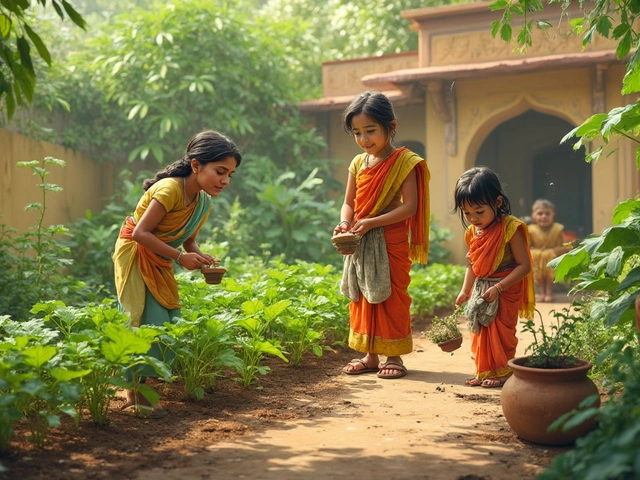
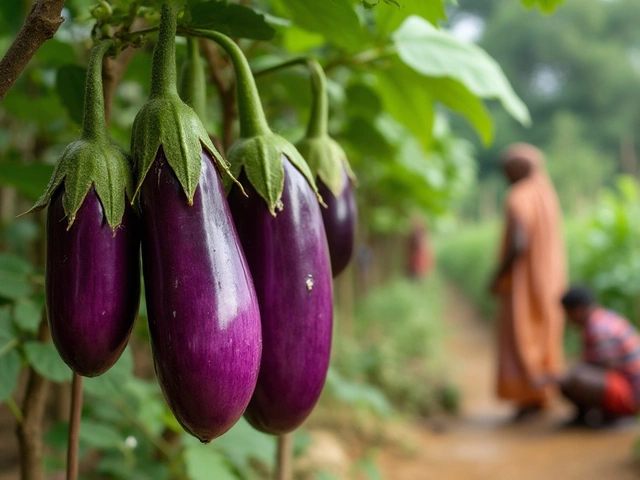
Why Do We Call the Eggplant the Queen of Vegetables in India?
By Alden Thorne Dec 21, 2024

Why Is So Much of India Vegetarian?
By Alden Thorne Dec 5, 2025
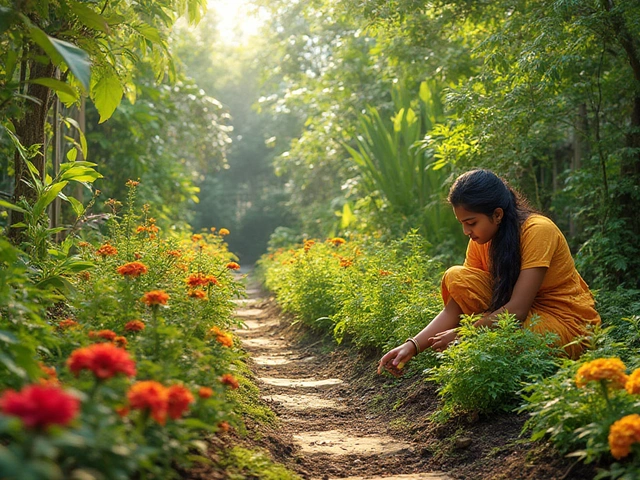
Sister Plants: The Science and Benefits of Companion Planting for Gardeners
By Alden Thorne Jul 19, 2025
